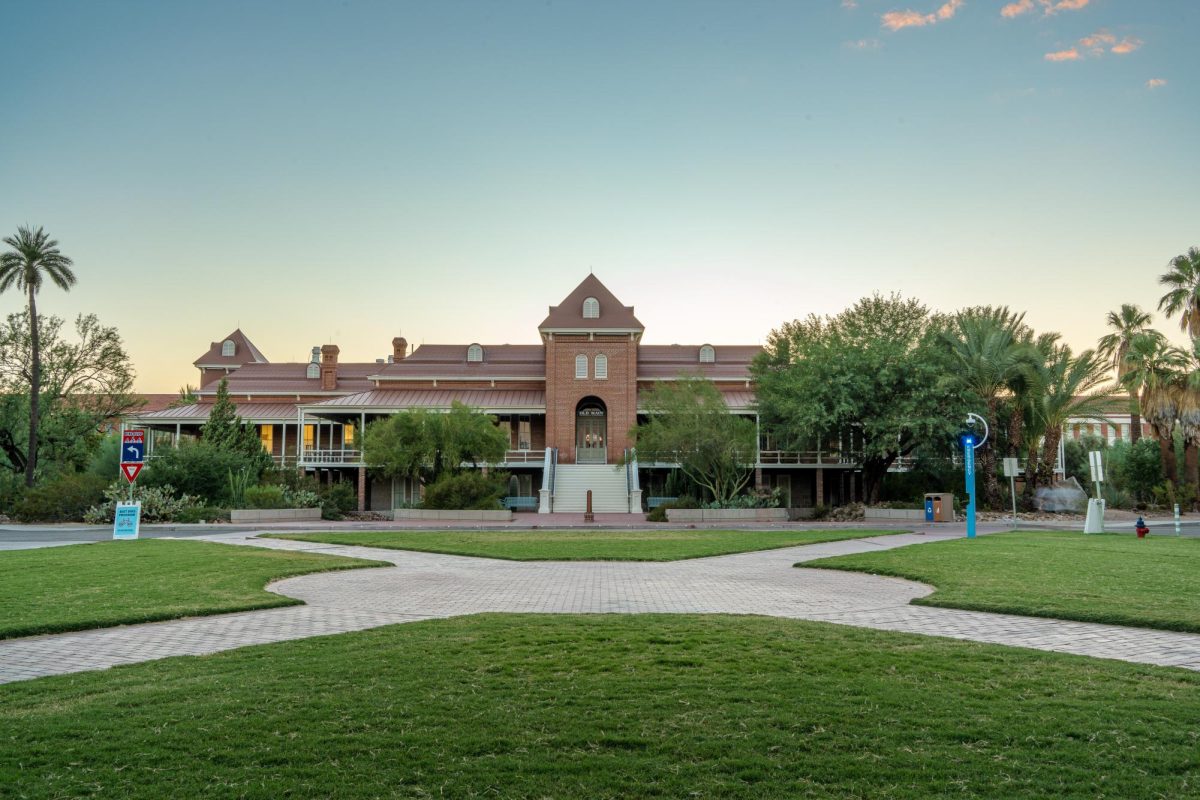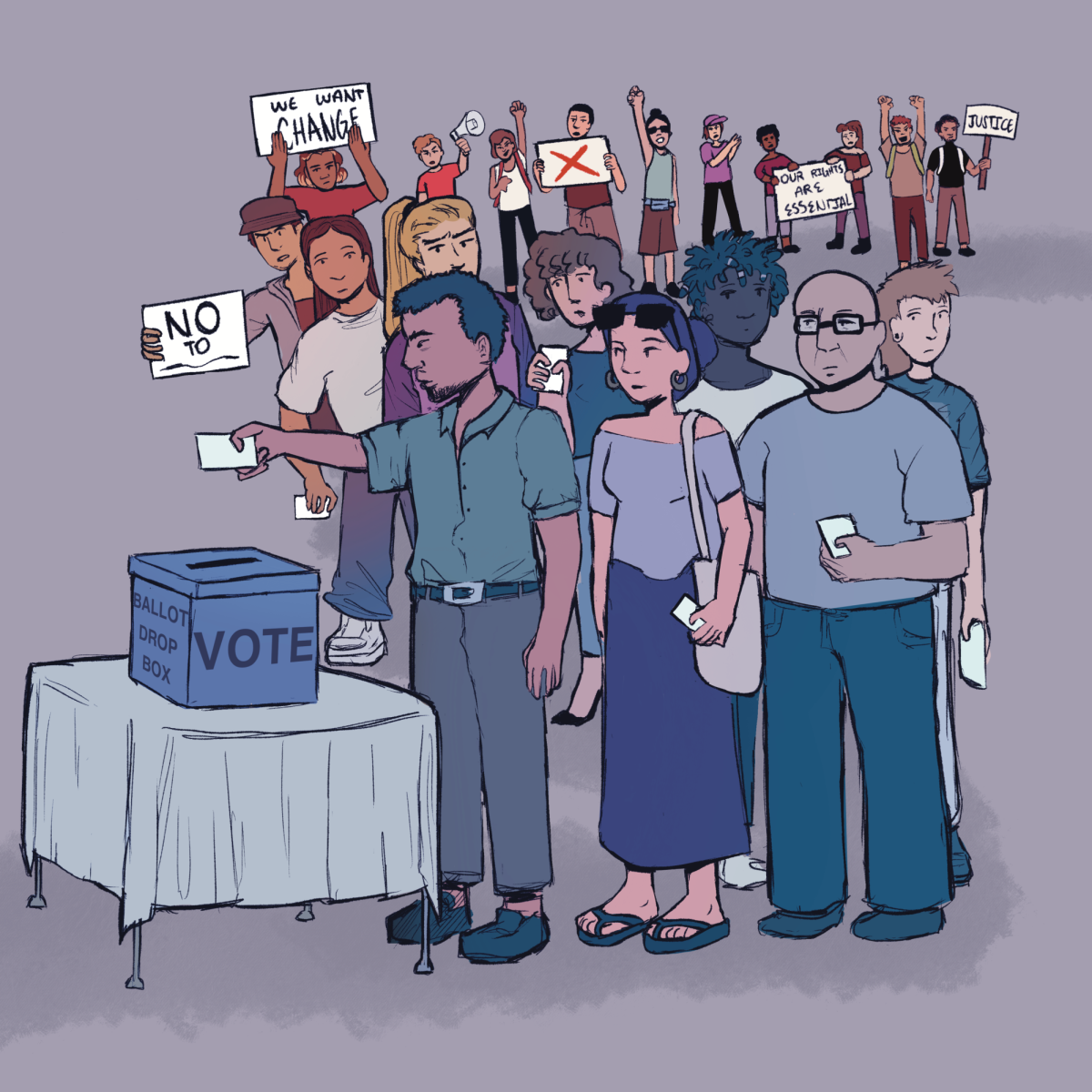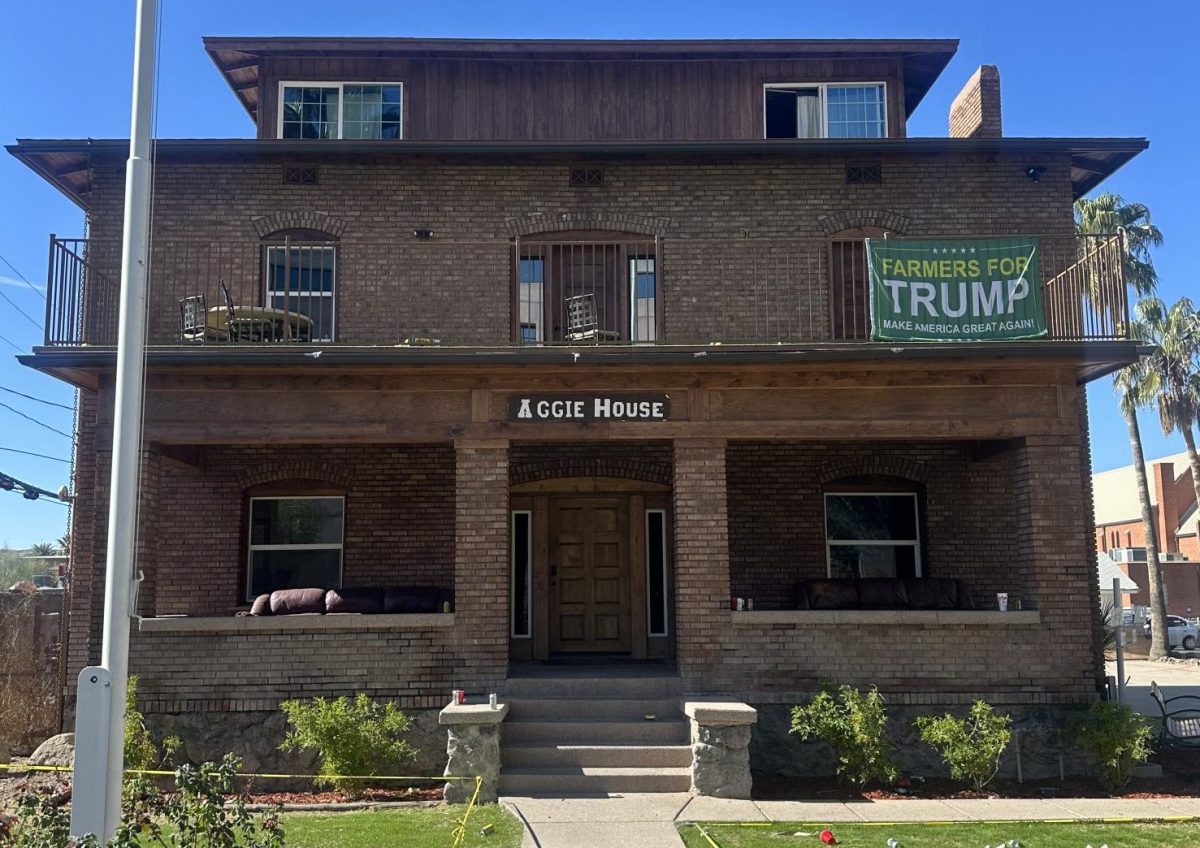LONDON — Anders Behring Breivik, who has confessed to killing 77 people in a rampage last July, went on trial Monday in Oslo for Norway’s worst criminal episode since World War II.
The 33-year-old right-wing extremist has admitted to slaying 69 young people gathered for an annual Labor Party political camp on the Norwegian island of Utoya on July 22 after killing eight other people by detonating a homemade bomb that destroyed a government building in the center of the Norwegian capital.
Breivik appeared calm and defiant as he entered the courtroom dressed in a dark suit and wearing handcuffs. He surveyed the ranks of media and public packed inside the courtroom and smiled. Family members and survivors of the attacks were in the public sector, separated from the defendant by thick glass partitions.
After his handcuffs were removed he gave a raised-fist fascist style salute before sitting down and giving a brief statement, saying: “I do not recognize the Norwegian courts. … You have received your mandate from political parties which support multiculturalism.” He went on to say he acknowledged the acts but claimed he carried them out “in self defense.”
Breivik’s antagonism to Islam, Muslim immigrants and multiculturalism has been aired in documents and statements since the killings. Through his lawyer, Geir Lippestad, he has said he was sorry he “didn’t go further” to kill more than the 77 victims.
In long-winded, rambling political essays on the Internet he has proclaimed himself a knight on a crusade against what he sees as Norway’s “cultural suicide” and expressed anti-feminist views along with his hatred for Norway’s Labor government, which supports both immigration and multiculturalism.
On Monday, he listened impassively as prosecutor Inga Bejer Engh listed the 77 victims and the manner of their death in an hour-long statement.
Svein Holden, also speaking for the prosecution, then gave the court an account of Breivik’s past life and his fascination with extreme right-wing politics. The court was shown photographs of Breivik’s tiny bedroom and the remote farmhouse where he stockpiled weapons and explosives. In other photos, Breivik posed in a self-styled military uniform, holding an automatic rifle and sporting medals and badges among them one reading, “Multiculti (sic) Traitor Hunting Permit.”
The court saw and heard of his allegiance to the Knights Templar, his version of a militant Christian religious order that no longer exists, and was shown Breivik’s own 12-minute propaganda film making references to the group. During the showing, which was not broadcast outside the court, Breivik was seen to burst into tears as he watched.
Holden also gave a detailed account with film and CCTV footage of Breivik’s actions on July 22, including recordings of the shots he fired on the island and his own calls to the Oslo police to announce his deeds during his 80-minute attack.
Although initially deemed insane after his surrender to police and subsequent arrest, Breivik has recently been reassessed and judged to be sane. The most recent evaluators warned that there was a “high risk of repetition of violence.”
Under Norwegian law he faces a maximum penalty of 21 years in prison, which can be extended to life. When Breivik was read the charges of crimes of terrorism and murder last month, Holden told reporters they were “crimes of a dimension we have no previous experience with in our society in modern times.”
Breivik will have five days to present his case which, reports say, will not be broadcast.
Jorid Nordmelan, one young survivor from the massacre on Utoya, told the BBC before the trial, “I’m really looking forward to this being over with, because it feels like something is undone here, I really can’t move on with my life until this is done.”








